Introduction: Landscape lighting can transform the ambiance of your outdoor spaces, adding both beauty and functionality to your property. Whether you’re accentuating architectural features, highlighting garden elements, or enhancing safety and security, the right lighting can make a significant difference. However, one crucial aspect to consider is the cost per light for landscape lighting. In this blog, we delve into the factors influencing this cost and how you can make informed decisions about illuminating your landscape.
Understanding the Cost per Light: The cost per light for landscape lighting can vary widely depending on several factors:
- Quality of Fixtures: The quality of the lighting fixtures you choose plays a significant role in determining the cost per light. High-quality fixtures made from durable materials such as brass or copper may cost more initially but tend to last longer and withstand outdoor conditions better than cheaper alternatives.
- Type of Lighting: Landscape lighting comes in various types, including path lights, spotlights, floodlights, and deck lights, each serving different purposes and requiring different fixtures and installation methods. The cost per light will vary based on the type of lighting you choose and its specific requirements.
- Lighting Technology: Advances in lighting technology have introduced energy-efficient options such as LED lights, which consume less electricity and have a longer lifespan compared to traditional incandescent or halogen bulbs. While LED lights may have a higher upfront cost, they can save you money on energy bills and maintenance in the long run.
- Installation Complexity: The complexity of the installation process can also impact the cost per light. Factors such as the terrain of your landscape, accessibility to power sources, and the need for professional installation services can all contribute to the overall cost.
Factors Influencing Cost per Light: Several key factors influence the cost per light for landscape lighting:
- Quantity: The number of lights you plan to install will directly affect the total cost. Larger properties or those with extensive landscaping may require more lights to achieve adequate coverage and desired aesthetic effects.
- Design Complexity: Intricate lighting designs that involve multiple fixtures, zones, and lighting techniques will naturally incur higher costs due to the increased materials and labor involved in their implementation.
- Power Source: Landscape lighting can be powered by electricity, solar energy, or low-voltage systems. Each power source option has its own cost implications in terms of equipment, installation, and ongoing maintenance.
- Material and Finish: The materials used for lighting fixtures, such as aluminum, copper, or stainless steel, can affect both the durability and the aesthetic appeal of the lights. Additionally, certain finishes may incur higher costs but offer better resistance to corrosion and weathering.
Making Informed Decisions
When planning your landscape lighting project, it’s essential to consider your specific requirements, budget constraints, and long-term goals. Here are some tips for making informed decisions:
- Define Your Objectives: Clearly define the purpose of your landscape lighting, whether it’s to enhance safety, highlight architectural features, or create a certain ambiance. Understanding your objectives will help you prioritize lighting elements and allocate your budget accordingly.
- Set a Realistic Budget: Establish a budget for your landscape lighting project based on your financial resources and priorities. Be sure to account for not only the cost of the lights themselves but also any additional expenses such as installation, wiring, and maintenance.
- Research Lighting Options: Take the time to research different types of lighting fixtures, technologies, and brands available in the market. Consider factors such as energy efficiency, durability, warranty coverage, and aesthetic appeal when comparing options.
- Consult with Professionals: If you’re unsure about the technical aspects of your lighting design or installation process, consider seeking advice from experienced lighting professionals or landscape designers. They can help you develop a customized lighting plan that meets your needs and budget while ensuring optimal performance and safety.
Conclusion
Investing in landscape lighting can enhance the beauty, functionality, and security of your outdoor spaces, but it’s essential to understand the cost per light and the factors influencing it. By considering factors such as the quality of fixtures, type of lighting, installation complexity, and budget constraints, you can make informed decisions that result in a well-lit landscape tailored to your preferences and requirements. Ultimately, choosing the right LED Light installer can illuminate your outdoor environment and create lasting impressions for years to come.
